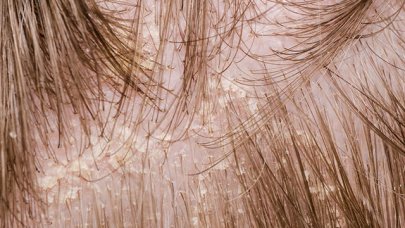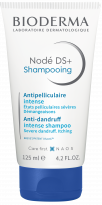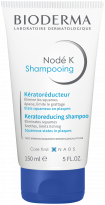Solutions & treatments
How can you get rid of dandruff and scales on the scalp?
Dandruff can be light, moderate or severe. This condition is extremely common and affects women more than men. It can appear at any time. People with all types of hair and scalp are affected. This excessive scalp desquamation is caused by either a yeast colonisation (= fungus) or a genetic predisposition brought to light by environmental factors.










